
 Mr. Swapnil Bhowmick
Mr. Swapnil Bhowmick
Prostate cancer - Symptoms, Treatment and Causes | Medtalks
Prostate Cancer
Prostate cancer is a kind of cancer that develops in the prostate. In males, the prostate is a tiny walnut-shaped gland that generates seminal fluid, which nourishes and transports sperm. One of the most frequent kinds of cancer is prostate cancer. Many prostate cancers develop slowly and are limited to the prostate gland, where they may not cause significant damage. While some forms of prostate cancer develop slowly and may require little or no therapy, others are aggressive and spread fast.
Causes of Prostate Cancer
It is not exactly known what causes prostate cancer. Prostate cancer develops when cells in the prostate have alterations in their DNA, according to doctors. The DNA of a cell carries the instructions that inform the cell what to do. The modifications instruct the cells to grow and divide at a faster rate than normal ones. When other cells would perish, the aberrant ones would continue to live. The accumulated aberrant cells create a tumour, which can spread and infiltrate surrounding tissue. Some aberrant cells may break away and spread (metastasize) to other regions of the body over time.
Risk factors of the Prostate Cancer
The following factors can raise your risk of prostate cancer:
● Older age: As you become older, your chances of developing prostate cancer rise. It is more frequent after the age of 50.
● Race: Black persons are more likely than other races to get prostate cancer for unknown causes. Prostate cancer is also more likely to be aggressive or progressed in Black persons.
● Family History: Your risk may be raised if a blood relative, such as a parent, sibling, or child, has been diagnosed with prostate cancer. Furthermore, if you have a family history of genes that raise the risk of breast cancer (BRCA1 or BRCA2) or a very strong family history of breast cancer, your risk of prostate cancer may be increased.
● Obesity: Obese persons may have a greater risk of prostate cancer than people who are regarded to be at a healthy weight, however, studies have yielded conflicting results. Obese people's cancers are more likely to be aggressive and recur after the first therapy.
Symptoms of Prostate Cancer
In the early stages of prostate cancer, there may be no signs or symptoms. More advanced prostate cancer may manifest as the following signs and symptoms:
● Urination problems
● Reduced force in the urine stream
● Urine with blood in it
● Blood in the sperm
● Bone ache
● Losing weight without making an effort
● ED (erectile dysfunction)
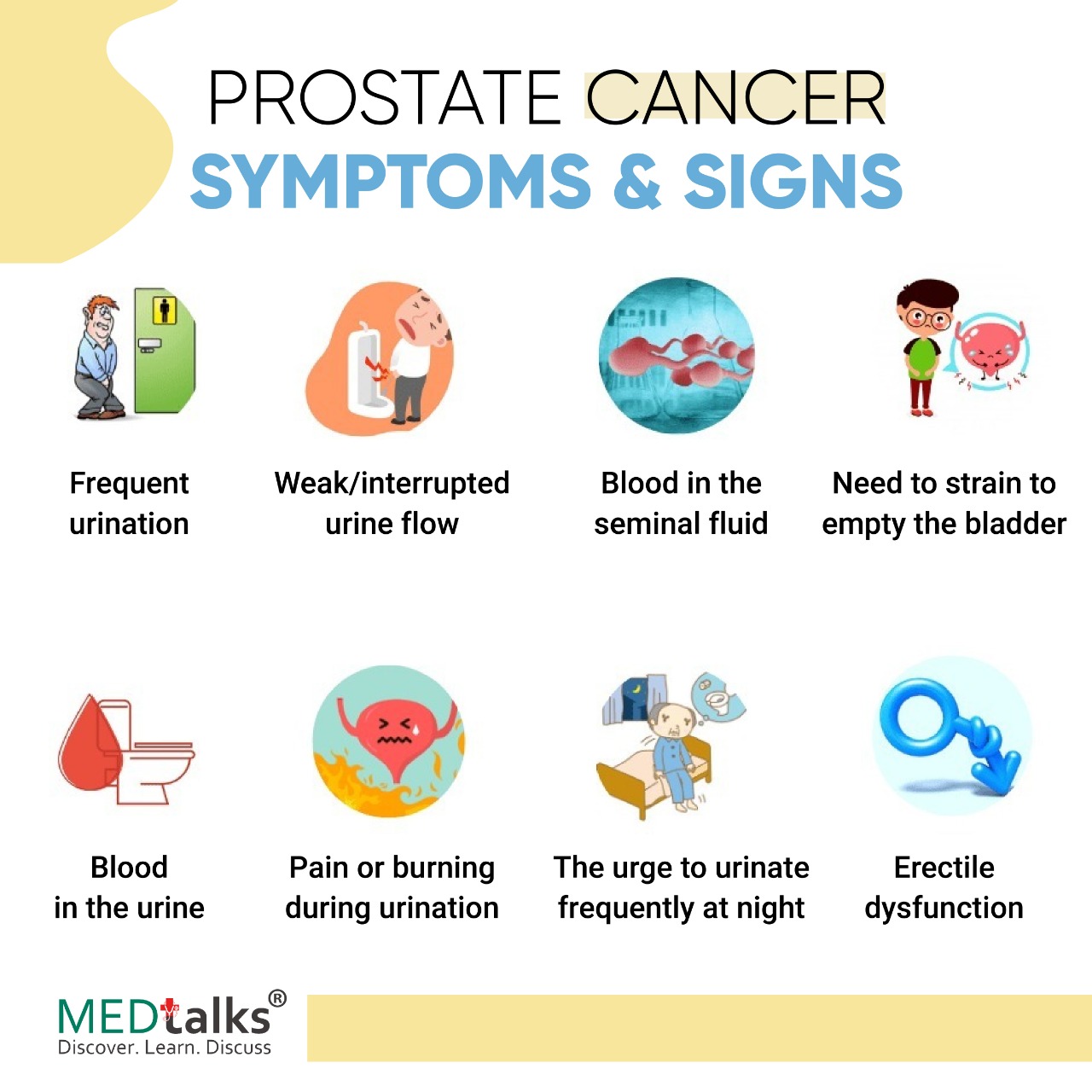
What is Lung Cancer | Type of Lung Cancer | Symptoms and Cause of lung cancer
Complications of Prostate Cancer
Prostate cancer and its therapies can lead to the following complications:
● Spreading cancer (metastasizes): Prostate cancer can spread to adjacent organs like the bladder, or it might migrate through your bloodstream or lymphatic system to your bones or other organs. Pain and fractured bones can result from prostate cancer that has spread to the bones. Prostate cancer that has spread to other parts of the body may still react to therapy and be managed, but it is unlikely to be cured.
● Incontinence: Urinary incontinence can be caused by both prostate cancer and its therapy. Treatment for incontinence is determined by the kind, severity, and probability of improvement over time.
● Erectile Dysfunction: Prostate cancer and its therapies, such as surgery, radiation, or hormone therapy, can cause erectile dysfunction. To treat erectile dysfunction, medications, vacuum devices that aid in obtaining an erection, and surgery are available.
Prostate Cancer Screening
Rectal Digital Examination
It is debatable whether healthy men with no symptoms should be tested for prostate cancer. There is some debate among medical groups about whether the advantages of testing outweigh the hazards. Most medical organizations advise men in their 50s to talk to their doctors about the benefits and drawbacks of prostate cancer screening. The conversation should include an assessment of your risk factors as well as your screening choices.
If you are black, have a family history of prostate cancer, or have other risk factors, you might consider starting the conversations sooner.
Prostate screening tests may include the following:
1.Rectal digital examination (DRE): Your doctor does a DRE by inserting a gloved, lubricated finger into your rectum to check your prostate, which is close to the rectum. If your doctor discovers any irregularities in the texture, shape, or size of the gland, you may require further testing.
2.PSA (prostate-specific antigen) test: A blood sample is taken from an arm vein and tested for PSA, a chemical generated naturally by your prostate gland. It's normal to have a trace of PSA in your circulation. If a higher-than-normal amount is discovered, it may suggest a prostate infection, inflammation, enlargement, or malignancy.
Prostate Cancer Diagnosis
Transrectal Prostate Biopsy
If your prostate cancer screening reveals an anomaly, your doctor may advise you to have further tests to establish whether you have prostate cancer, such as:
● Ultrasound: A tiny probe the size and shape of a cigar is placed into your rectum during transrectal ultrasonography. The probe creates an image of your prostate gland using sound waves.
● Magnetic Resonance Imaging (MRI): In some cases, your doctor may advise you to get an MRI scan of your prostate to get a more thorough image. Your doctor may use MRI scans to assist design a surgery to remove prostate tissue samples.
● Taking a prostate tissue sample: Your doctor may prescribe a procedure to take a sample of cells from your prostate to assess whether there are cancer cells present (prostate biopsy). A small needle is introduced into the prostate to collect tissue during a prostate biopsy. In a lab, the tissue sample is examined to see if cancer cells are present.
Determining the Belligerency of Prostate Cancer
When a biopsy confirms the existence of cancer, the next step is to assess the aggressiveness (grade) of the cancer cells. A doctor examines a sample of your cancer cells in a laboratory to discover how much cancer cells vary from healthy cells. A higher grade implies that the cancer is more aggressive and likely to spread fast.
The following techniques are used to assess the cancer's aggressiveness:
●Gleason rating: A Gleason score is the most frequent scale used to assess the grade of prostate cancer cells. Gleason score combines two values and can vary from 2 (non-aggressive cancer) to 10 (very aggressive cancer), despite the fact that the lower end of the spectrum isn't employed as frequently. The majority of Gleason scores used to evaluate prostate biopsy samples range from 6 to 10. A score of 6 suggests that the prostate cancer is of low grade. A score of 7 suggests that the prostate cancer is of medium severity. Cancers with a score of 8 to 10 are considered to be of severe severity.
●Genomic analysis: Genomic testing examines your prostate cancer cells to see if there are any gene alterations. This sort of test might provide you with more information regarding your prognosis. However, because it is unclear who would gain the most from this knowledge, the tests are not frequently employed.
Prevention of Prostate Cancer
You can lower your chance of prostate cancer by doing the following:
● Choose a diet rich in fruits and vegetables. Consume a wide range of fruits, vegetables, and entire grains. Fruits and vegetables include a variety of vitamins and minerals that can benefit your health.
● The ability to prevent prostate cancer via diet has yet to be shown clearly. However, eating a nutritious diet rich in fruits and vegetables might enhance your general health.
● Healthy meals should be prioritized above supplements. Supplements have not been demonstrated in trials to reduce your risk of prostate cancer. Instead, eat meals high in vitamins and minerals to maintain appropriate levels of vitamins I and ii.
● Most days of the week, you should exercise. Exercise enhances your general health, aids in weight maintenance, and elevates your mood. Make an effort to exercise on most days of the week. If you're new to exercising, start slowly and gradually increase your daily exercise time.
● Keep a healthy weight. If your present weight is healthy, strive to keep it that way by eating well and exercising most days of the week. If you need to lose weight, increase your physical activity and lower the number of calories you consume each day. Consult your doctor for assistance in developing a healthy weight loss strategy.
● Discuss the elevated risk of prostate cancer with your doctor. If you have a very high chance of developing prostate cancer, you and your doctor may discuss medicines or other therapies to lower your risk.
○ According to certain studies, using 5-alpha reductase inhibitors such as finasteride (Propecia, Proscar) and dutasteride (Avodart) may lower the overall chance of getting prostate cancer.
○ These medications are used to treat prostate enlargement and hair loss.
○ However, some data suggests that those who use these drugs may be at a higher risk of developing a more dangerous type of prostate cancer (high-grade prostate cancer).
If you are concerned about the possibility of acquiring prostate cancer, consult your doctor.
References:
https://www.mayoclinic.org/diseases-conditions/prostate-cancer/symptoms-causes/syc-20353087

Mr. Swapnil Bhowmick
A motivated student of Medicine & Surgery (MBBS) at R. G. Kar Medical College & Hospital, Kolkata, having a knack for reading and composing medical literature. When he's not writing content for MEDtalks, Swapnil is usually looking up the latest trends and innovations in Medicine.


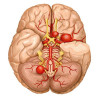

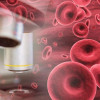
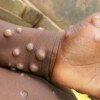

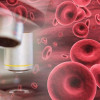


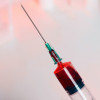
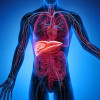
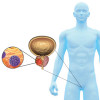


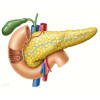
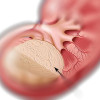
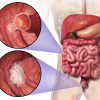


Please login to comment on this article